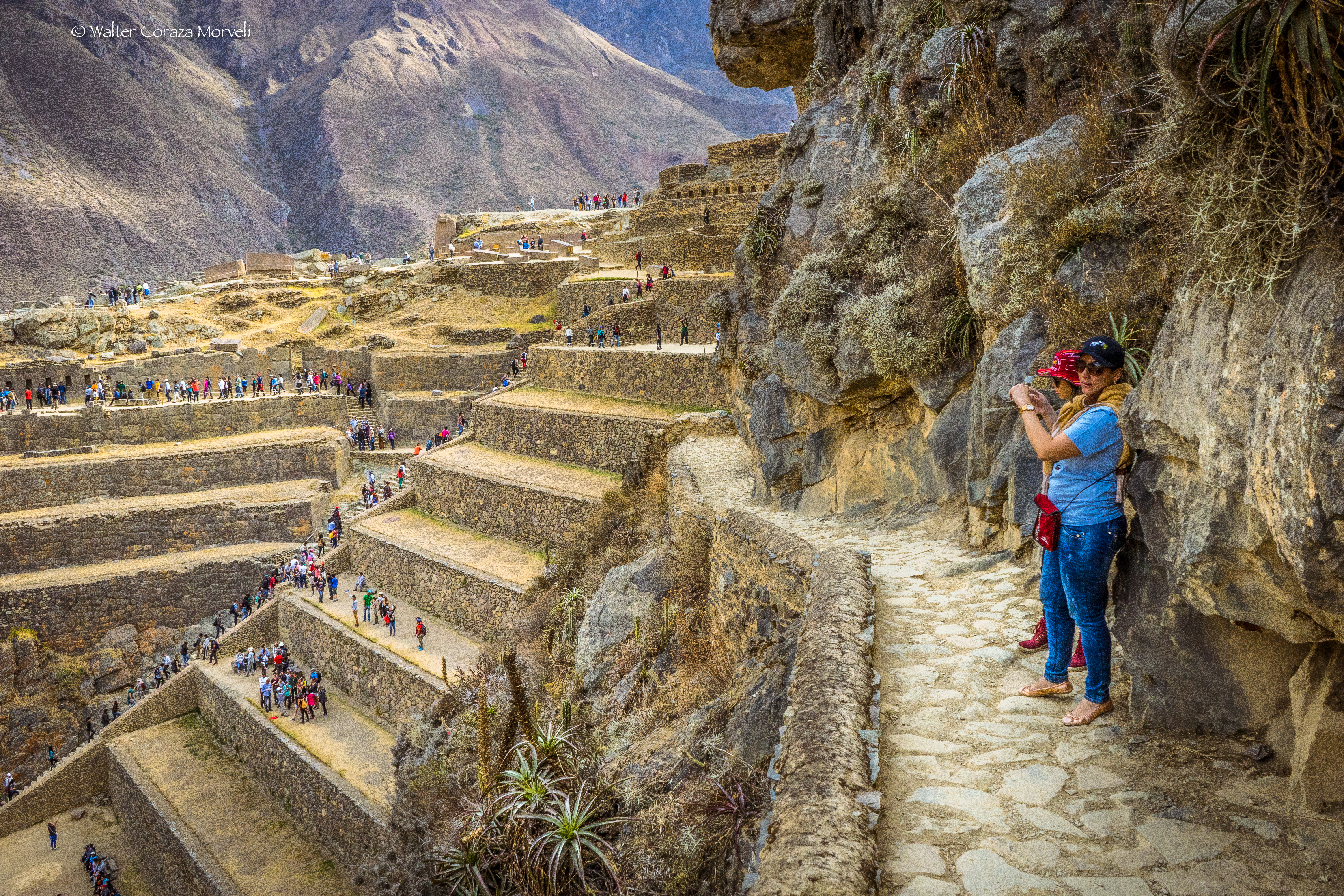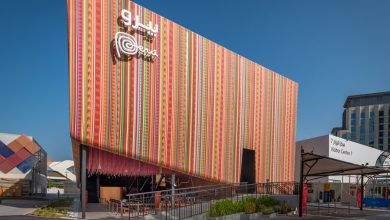
Much has been said about the social, economic, cultural, and environmental impact of the exploitation of gas for the Camisea Gas project in the lower Urubamba river area of Cusco.
I am not going to repeat either studies or opinions. I just want to express something forgotten, or maybe pushed aside.
This is an aspect that has not entered into the negotiations between the Camisea Consortium and the Native Communities of the area. It has not been the object of compensation, even though its effects are as intense and durable as the others.
In order to explain the issue I will tell about an experience of mine. Do you know the Camisea River in its season of low waters? It is transparent and warm, at times greenish and at times blue, surrounded by mossy stones and daring logs. Nearby floats white foam, especially in the deeper puddles and on the slower portions of the river. Beaches are a combination of white sand and bright stones. To not bathe there would be considered a sin.
We were traveling the Camisea in a boat and along the way, about mid-day, we suddenly saw a lot of children bathing on the beaches. They would jump into the water in sonorous splashes and challenged us with their blend of skill and joy.

Further on, upriver or downriver, from these beaches, close to the towns, every little bit we would see naked women, bathing or washing clothes. When they saw us they would cover their bodies and quickly hide in the nearby forest, leaving their work behind. Of course, like good consumers of the “exotic” we wanted to take photos. But we did not. The situation was really neither exotic nor, even less, natural.

Even without being a native, I could not resist the temptation to bathe in the river completely nude. This was not for exhibitionism, which would be completely superficial, but to fix the sensation of freedom, or primal contact with the water, of intimacy, of complicity with the forest all around.
I suspect these women sought privacy to clean themselves and to enjoy the fresh water in the heat of the day. Yet, we went by on our noisy boat, with that hopeless motor and its two propellers. Furthermore, our insidious curiosity stole from them the right to that privacy, that intimacy with their surroundings. Furthermore, we took from them the right to enjoy the river, to contemplation, to privacy, and even more, to freedom.
Of course it was not just us. At least every half hour another boat would go by. It would be from REPSOL and PLUSPETROL– the oil companies – or from fisherman, community members, merchants and everyone else who had business in the area. We all made the same noise and had the same curiosity.
As a result, privacy and intimacy in the Camisea River are now gone. People have lost their full enjoyment of it, along with naturalness and contemplation.

With the exploitation of gas, the Camisea the river has become a large highway. The many boats travel along with a common objective, a fixed destiny. They do not worry about other people’s use of the river, their privacy and intimacy.
It is as if in our own homes we lost the right to bathe naked in our bathrooms because the walls were suddenly made transparent. From time to time the plumber, gardener, service people, the mailman, and our neighbors were to pass by and see us, some of them snapping pictures to put on their Facebook page.
Maybe it is time to make a long and detailed list of all the other effects of the exploitation of natural resources in our Peruvian Amazon, not so they enter onto the list of compensations or mitigation plans, but so that we are cognizant of how willing we are to sacrifice other people’s freedom.
Originally Published in Spanish here:




